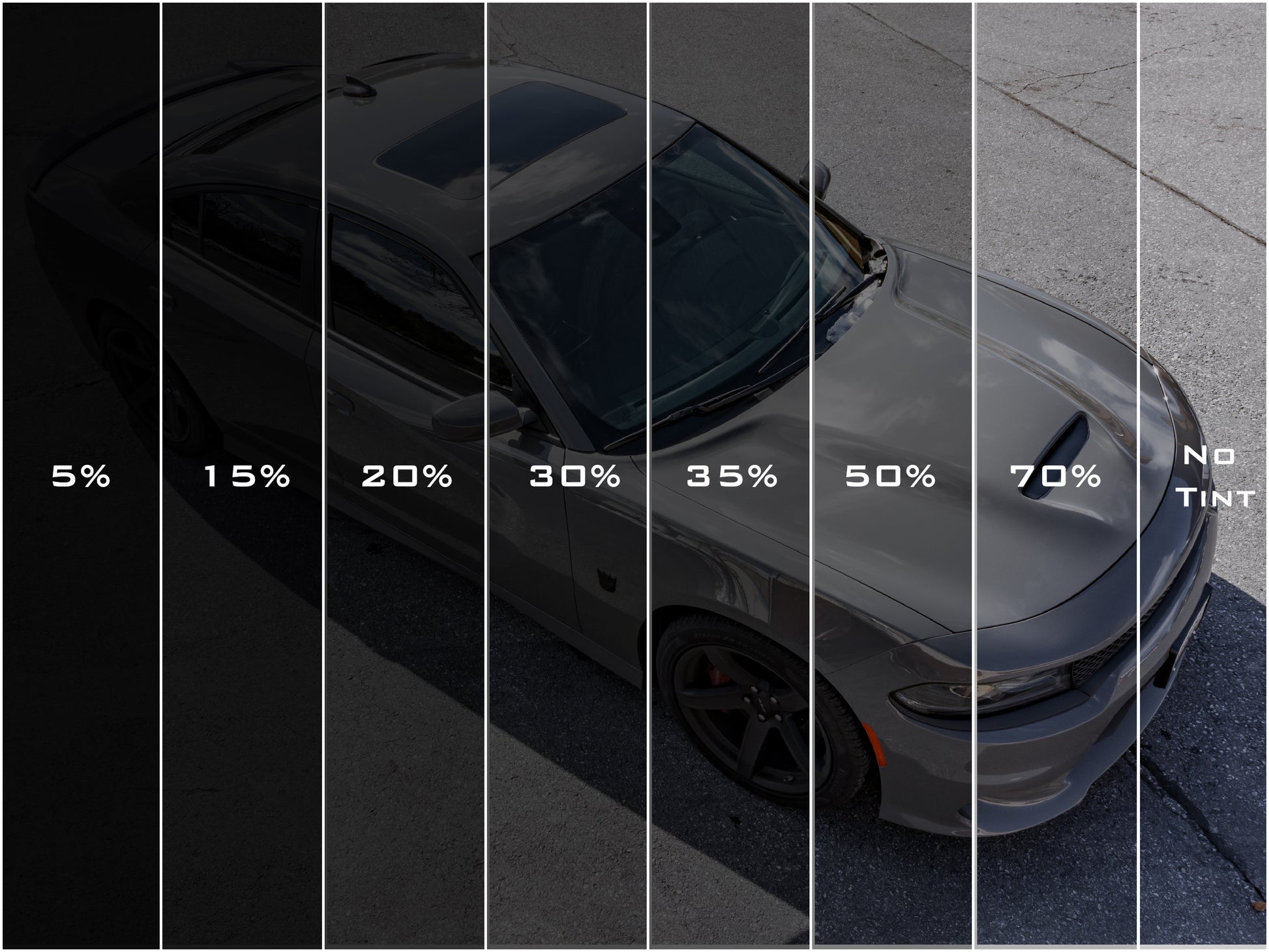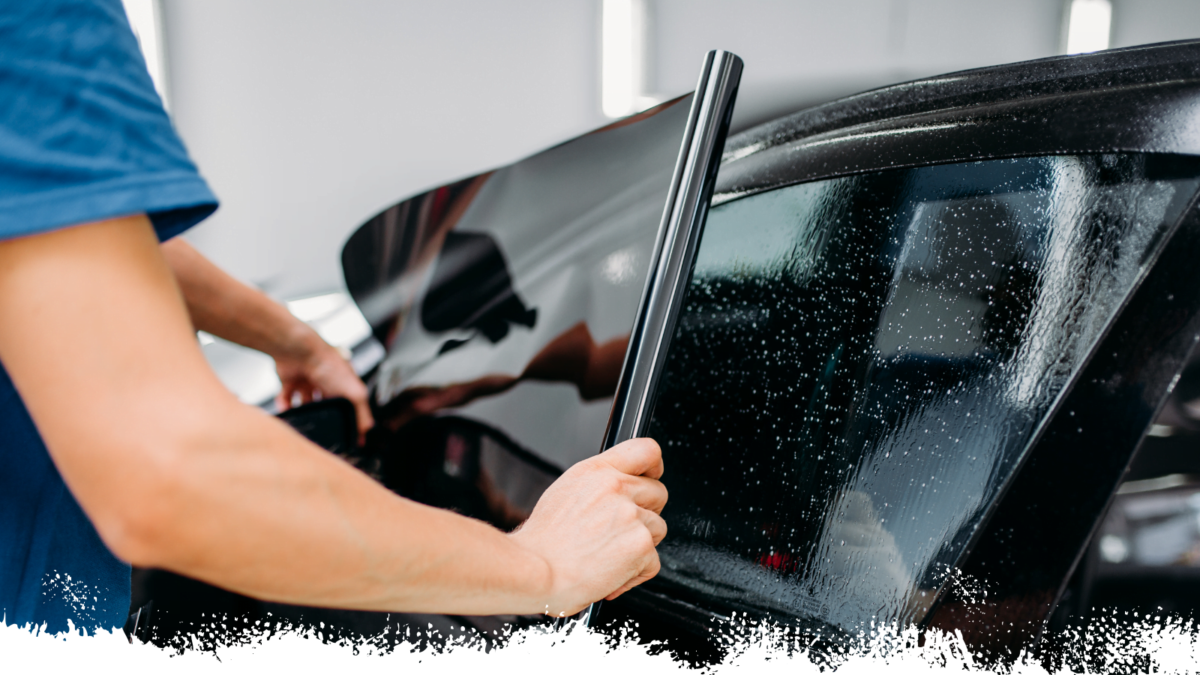Discovering the Different Types of Home Window Color for Cars and Their Benefits

Colored Home Window Color
Colored home window color is a preferred option among vehicle proprietors seeking to improve privacy and reduce glare while keeping a fashionable appearance. This sort of tint is developed by including color into the adhesive layer, which is then applied to the windows of the automobile. The primary appeal of dyed home window color depends on its ability to offer a visually pleasing appearance without compromising functionality.
One of the most substantial benefits of dyed window tint is its ability to block damaging UV rays, assisting to secure both passengers and the lorry's inside from sun damage. In addition, this color successfully reduces glare, adding to a much more comfy driving experience, specifically throughout bright daytime problems. The strengthening of home window shade also includes a layer of privacy, making it much more tough for outsiders to see inside the vehicle.
However, it is important to keep in mind that while colored home window tint uses numerous advantages, it might not offer as much heat being rejected as various other kinds of tints. Its durability can be affected by exposure to prolonged sunshine, possibly leading to fading over time. Overall, colored window color stays a popular option for those prioritizing looks and fundamental sunlight security.
Metalized Window Tint
Metalized home window tint stands for an innovative alternative for vehicle proprietors looking to boost both efficiency and appearances. One of the main benefits of metalized window color is its premium warmth being rejected capabilities, which can significantly reduce the interior temperature of a vehicle.
Additionally, metalized tints offer raised longevity compared to dyed movies, making them resistant to fading and scratching. This long life makes certain that the color keeps its efficiency and look gradually, providing lasting worth.
In addition, metalized home window tint can boost privacy and protection by making it much more hard for outsiders to see inside the vehicle. The reflective top quality of the tint can also discourage potential burglary, as prized possessions are much less noticeable (window tinting). While it might interfere with some digital signals, such as general practitioner or cell phone reception, the overall advantages make metalized window tint an engaging selection for several cars and truck owners
Ceramic Home Window Tint
Offering innovative modern technology and unrivaled efficiency, ceramic window tint has arised as a leading choice for critical auto proprietors. This ingenious film is made up of advanced ceramic bits that give considerable warm rejection while keeping quality and visibility. Unlike traditional colors, ceramic window tint does not depend on metal or color, which can interfere with digital signals from gadgets such as GPS look at this site and mobile phone.
One of the standout advantages of ceramic window color is its extraordinary UV protection. It blocks as much as 99% of hazardous ultraviolet rays, therefore safeguarding both the lorry's inside and its occupants from sun damage. Additionally, this sort of tint enhances personal privacy without compromising presence, making it a practical option for day-to-day drivers and high-end lorries alike.
Ceramic window tint likewise boasts longevity; it is resistant to fading and scratching, making certain durable performance. Moreover, its non-reflective nature implies it does not create glare, adding to much safer motoring conditions. For those looking for a costs color solution that incorporates aesthetics with performance, ceramic home window tint stands out as a superior option, delivering enhanced convenience and protection when traveling
Carbon Window Color
When it comes to home window tinting alternatives, carbon window color has obtained appeal for its mix of efficiency and price. This sort of color is made up of carbon bits, which supply an unique matte finish that enhances the aesthetic appeal of automobiles. One of the main benefits of carbon window tint is its capability to obstruct a significant amount of harmful UV rays, securing both the lorry's interior and its owners from skin damage and fading.
In addition, carbon window tint offers superb heat being rejected residential or commercial properties, lowering the need for extreme cooling and boosting gas efficiency. Unlike dyed tints, carbon colors do not discolor over time, maintaining their efficiency and look for many years. This toughness makes them a useful selection for auto owners looking for long-term worth.
Furthermore, carbon home window color is non-metalized, which implies it does not interfere with electronic signals, making it ideal for automobiles outfitted with general practitioner, Bluetooth, and other cordless innovations. The balance of cost, performance, and aesthetic allure has developed carbon home window tint as a favored selection for numerous automobile proprietors. Inevitably, it functions as a reputable remedy for those seeking to boost convenience while guaranteeing design.
Factory Color
Manufacturing facility color, likewise understood as OEM tint, describes the tinting that is used to automobile windows during the production learn the facts here now process. This kind of tint is generally incorporated into the glass itself, supplying an uniform appearance and more tips here constant levels of shading throughout all home windows. The key purpose of factory tint is to reduce glare and enhance traveler convenience while supplying a level of UV security.

While factory tint supplies fundamental benefits, it may not provide the very same degree of warmth denial or privacy as higher-grade aftermarket colors. Car proprietors looking for boosted performance might think about added tinting options, while still appreciating the aesthetic charm and functionality factory tint supplies.
Verdict

Nevertheless, it is important to note that while colored home window color offers many advantages, it may not give as much heat being rejected as various other kinds of colors. For those looking for a costs color service that incorporates aesthetic appeals with functionality, ceramic home window tint stands out as a remarkable choice, supplying improved convenience and security on the roadway.
When it comes to window tinting alternatives, carbon window tint has actually gotten appeal for its mix of performance and price.Factory color, also recognized as OEM color, refers to the tinting that is used to automobile windows during the manufacturing procedure. The precise level of color can differ depending on the car manufacturer and design, with some vehicles featuring a lot more significant color on back windows than on front home windows.